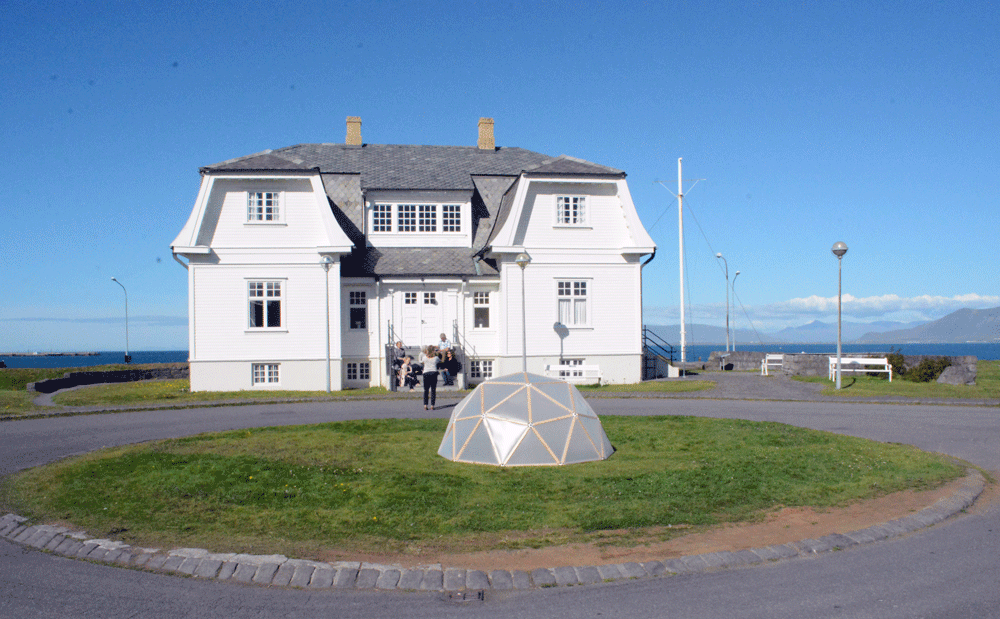In August fellow-Fine Art
student Liz Crichton and I helped two Shetland-based artists Roxane Permar and Susan
Timmins with their collaborative art project, Northern Exchange – Cold War Histories and Nuclear Futures. Roxane
is a Lecturer in Fine Art at Shetland College UHI. Iceland was the latest
stage of Roxane and Susan’s Northern Exchange project, which has swapped Cold
War stories across the Arctic fringe, including Russia and Alaska.

The project gathered
recollections of the Cold War from the communities living close to four Radar
Domes at the four corners of Iceland. Since the US military left in 2006, Iceland’s
four Radar stations have been run by the Icelandic coastguard for NATO. They
remain shrouded in secrecy, tracking potential air, surface and sub-sea
military activity. We started at Bolungervik in the Westfjords, and visited Keflavik in the southwest, Höfn in the southeast and Þórshavn/Langanes in the northeast. For the Westfjords stage we were joined by Asta and eight Icelandic trainee teachers, as well as by four
Finnish students from the University of Lapland led by artists Elina Härkönen and Timo Jokela.
It was a great experience. We brought from Scotland the wooden struts, bolts and polypropylene triangles for constructing a
small Radar Dome of our own, onto which participants wrote or drew their
memories and thoughts in UV-sensitive pen, visible only by the light of a
ghostly purple torch. On our long journey we met so many interesting people - from those who as children had attended US base Christmas parties to women who had been 'branded' for being seen with American soldiers, to those who had secured permits for the soldiers to leave the boredom of life on the strictly segregated military bases for short home-stays. Historians and authors also took part.

After our three weeks of work our small Dome was symbolically erected at Höfði in Reykjavik, the site of the 1986 Gorbachev-Reagan
summit that presaged the unravelling of the Iron Curtain.
Next it is to be part of an exhibition at the international Relate North
conference for artists and creative engagement to be hosted in Shetland in
November 2016. Its triangles hold the stories of so many participants, from such
a diversity places and perspectives. Yet it is the rich yet intangible network
of relationships woven with people and places, knowledge gleaned and awareness
raised, that is the real and powerful outcome of this journey of creative
engagement.




